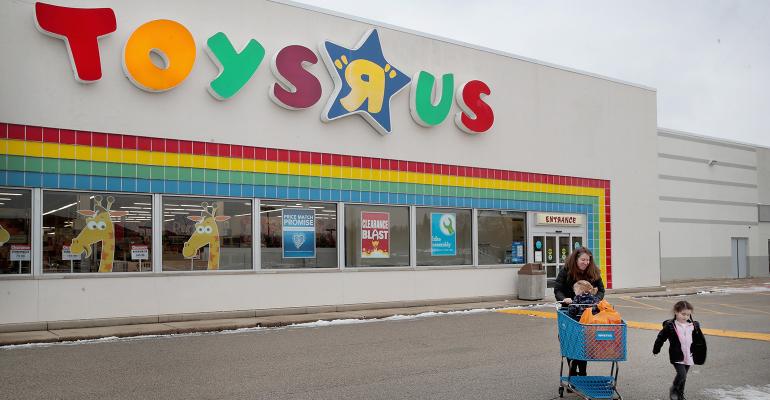By Gary Manguso
It looks like tradition and brand awareness can only take you so far. After 70 years of business, Toys “R” Us is closing all of its U.S. stores.
Toys may not be immediately relevant to financial advice, but there are a couple of extremely valuable takeaways for advisors from the iconic retailer’s demise.
Toys “R” Us was once a strong and relevant brand. They fit the mold of what was expected from shoppers. They provided value that aligned with their customers’ needs and wants. Then came competition from Amazon and big box retailers like Walmart and Target.
Once a store known for Geoffrey the Giraffe and their fun jingle, Toys “R” Us failed to stay relevant with the changing times. They lost their competitive advantage and weren’t prepared to amend their core offering to keep shoppers’ attention. You can read a lot of articles about the Toys “R” Us demise, which that state it wasn’t Amazon that killed them—it was debt. And while that is likely true, remember that each business decision you make today, be it product, customer experience or capital structure is going to impact the future profitability—even viability—of your company.
We see new trends in the investment industry with the rise of automated advice platforms and fee compression. Robo advisors are particularly relevant to the digital native, millennial investor whereas just a few years ago no one would have thought this to be a secure way to invest. While we have not yet seen mass adoption, the increasing availability and sophistication offered from these investing platforms creates a challenge for financial advisors and something I know each advisor is keeping his eye on.
The trend of fee compression also poses a threat to long-term advisor success. There’s always a cheaper option for your clients. Whether that’s from a larger firm or a robo advisor, competing on price isn’t a sustainable strategy for success. Advisors already feel the impact of lowering fees, a pain point that will only worsen as competition increases in our saturated market.
What Can Toys “R” Us Teach Advisors About How to Prepare Today?
Toys “R” Us didn’t fail because of the mere presence of cheaper and more convenient competitors. They failed, in part, because they lost their differentiation. There was nothing to justify their higher prices. Had they considered closing some stores sooner to focus on improvements to the overall customer experience, would it have saved this iconic brand? Maybe, but we’ll never know for sure.
Toys “R” Us, whose roots began in baby furniture sales, became known for toys and they had an advantage. Their core product wasn’t in danger of becoming irrelevant (kids will always want toys, and more importantly, parents will always look to toys as a way to occupy their children’s attention). What they lacked was a customer experience—whether that be some sort of entertainment for kids or exceptional service structure—which would have made it worthwhile to walk through the doors. And yes, they knew they needed this. But they realized it too late.
The question advisors need to ask themselves: how to create remarkable experiences, today? Baseline investment management and investment planning, while necessary, may not be enough to sustain competitive advantage long term over cheaper or more convenient competitors.
How to Differentiate Your Experience:
- Don’t get sucked into the fee war. Price doesn’t breed loyalty, experiences do.
- Consider outsourcing investment management. Time is required to focus on creating and driving differentiation through an improved client experience. Outsourcing can give you that flexibility.
- Think outside the box. Traditional advisor value shouldn’t be overlooked, but it’s important not to get complacent. Investors expect more today than they used to. Consider their needs and find ways to meet them, and then exceed them.
- Be self-aware and stay active. If you can’t clearly see how your firm fits into the market, you won’t be able to effectively adjust your value proposition. Take a step back and view your firm objectively. How do you stack up to competitors? What are your clients seeking? How well are you differentiating and meeting those needs?
The commoditized landscape of the financial advice industry presents threat but also offers opportunity. What can you do to start delivering a noteworthy experience to your target audience? The advisors that find the flexibility and time to focus on clear differentiation will be well-positioned to weather any competitive storm.
Gary Manguso is vice president, product strategy with FTJ FundChoice.





